#archaeological reconstruction
Text
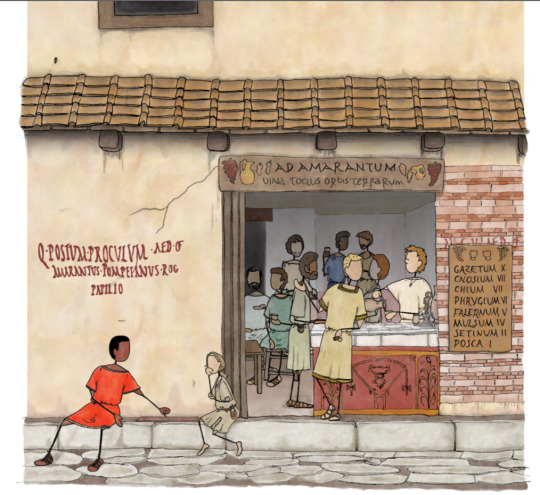

Between 2018-2021 I worked with archaeologist Dr Sophie Hay, Ancient Historian Prof. Andrew Wallace-Hadrill, Director of the Cambridge Schools Classics Project (who make the CLC Latin course!) Caroline Bristow and her gorgeous team, and legendary historical children’s fiction author Caroline Lawrence, to illustrate a novel and ancient history course about the life of Pompeiian freedman Amarantus and his neighbours in Insula 1.9
The story is a year in the life of Amarantus, following the events he experiences, including the devastating earthquake of 63BCE and his manumission (by a certain local natural-history-loving magistrate), the traditions of a Roman life, and the likely inhabitants of the rest of his block, based on the buildings and finds in Insula 1.9.
It acts as an Ancient History/Classical Civilisation (non-language) prequel to the Latin Caecilius stories (CLC Book 1) and there are some Caecilius-themed visual easter eggs 😁
The course has been designed for even non-specialists to be able to pick up and teach, entirely for free, to help bring Ancient History/Classics into schools.
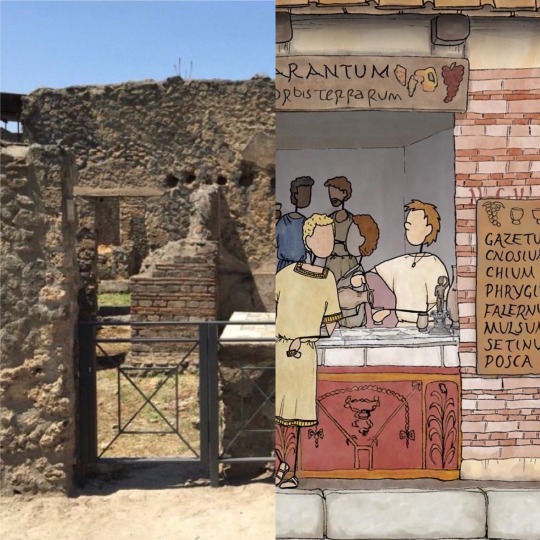
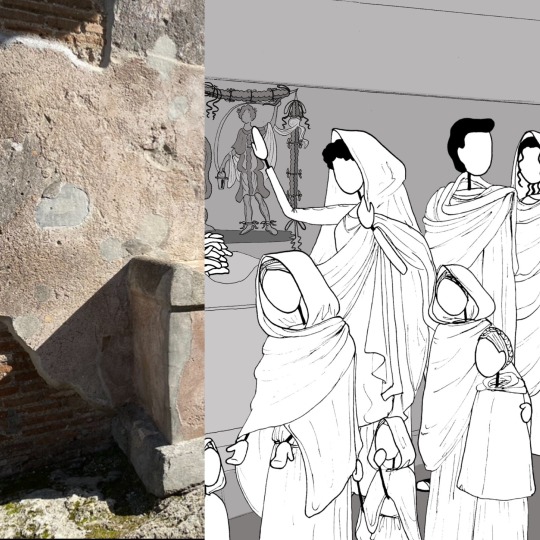

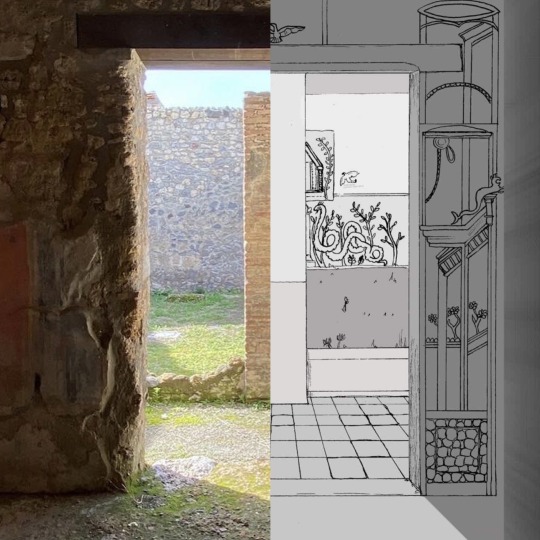

We made the images in grayscale so they could be cheaply printed and reproduced in PoD books/PDFs for schools, but made some images in full colour for the website and book cover to show the diversity of the Pompeiian world. They’re all based on archaeological evidence and research and each one took hours of discussion and argument (and occasional paper models) to get right. (And I’m proud to say my rebuilding of some ruined structures like the Herculaneum Gate has been approved by other Pompeii experts, like the Cooleys 😁)
The entire book and course is massively researched and based on archaeological findings, and is FREE on the CSCP website: https://CambridgeAmarantus.com/home
Or you can buy the book PoD via these links: https://www.cambridgescp.com/array/buy-book

Bonus Roman Chickens (the precursors to my Roman History Chickens series!): the cockfighters Odysseus and Polyphemus! (And yes cockfighting is terrible and I’m glad we don’t have it any more)
#roman history fandom#Roman history#historical fiction#archaeology#Pompeii#caecilius est in horto#CSCP#bar of Amarantus and his neighbours#amarantus#ancient history#teaching#teacher#classics teacher#classics teaching#tagamemnon#illustration#ancient history illustration#archaeological reconstruction#freebies#free education
331 notes
·
View notes
Text
Alan Sorrell: Archaeological illustrator of Nubia and illustrator of archaeologists.
Southend painter Alan Sorrell's paintings and sketches of the monuments of Nubia during the UNESCO campaign deserve to be better known. Here's why.

View On WordPress
#Abu Simbel#Alan Sorrell#Archaeological illustration#Archaeological reconstruction#archaeology#Aswan Dam#Beecroft Art Gallery#Egypt#Nubia#Painting#Southend Museum#UNESCO Campaign to save the monuments of Nubia#Wunderkammer
4 notes
·
View notes
Text

Prehistoric Axehead With Reconstructed Wooden Handle, Oriel Ynys Môn, Llangefni, Anglesey, Wales
#ice age#stone age#bronze age#copper age#iron age#neolithic#mesolithic#calcholithic#paleolithic#prehistory#prehistoric#wales#axehead#axe#reconstruction#archaeology#relic#Anglesey
184 notes
·
View notes
Text

This is a reconstruction of the Belvedere Apollo that I did last semester for a class on Roman sculpture if y’all want the report that I wrote for it lemme know. Fun fact: most (if not all) statues from antiquity would be painted!
#I’m sorry I don’t know how to censor this properly#art#art history#illustration#archaeology#apollo#statue#sculpture#classics#roman art#roman sculpture#greek mythology#roman mythology#reconstruction#my art#digital art#procreate
117 notes
·
View notes
Text
The long history of the Egtved Girl's dress
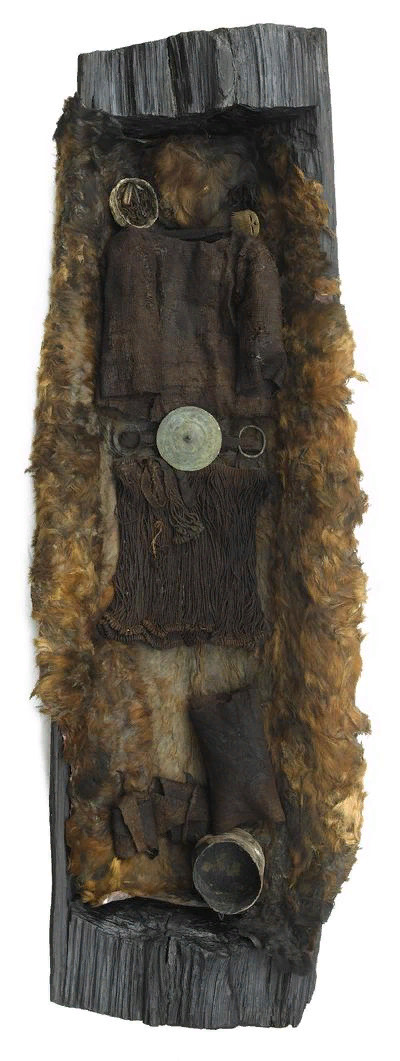

The Egtved Girl's burial (1370 BC) // The archaeologist's sketch after the excavation (1921)

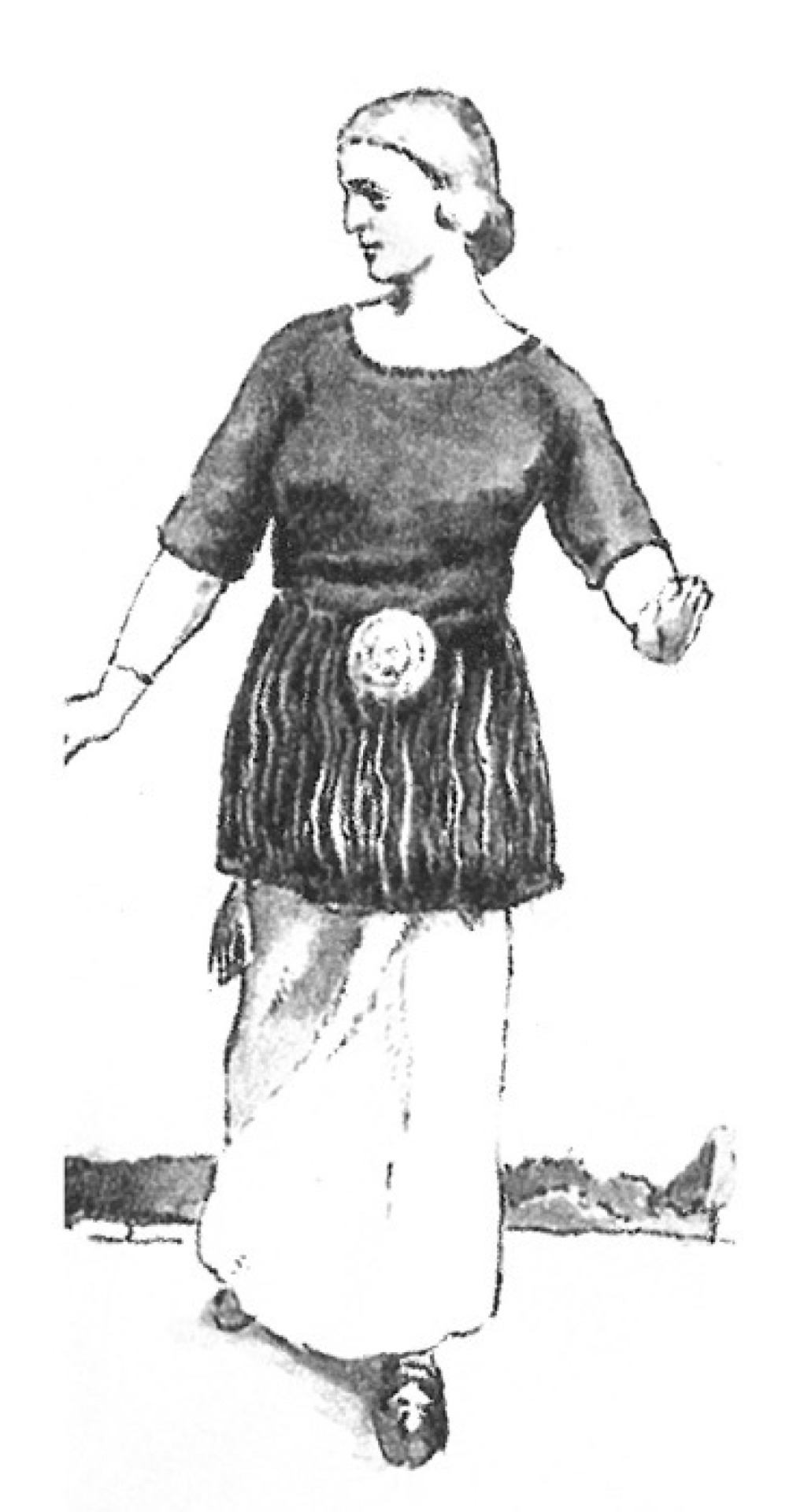
Lise Fenger. The first attempt at reconstruction of the dress (1938) // An illustration from "Das Kostüm Werk" by Wolfgang Bruhn, Max Tilke (1941)

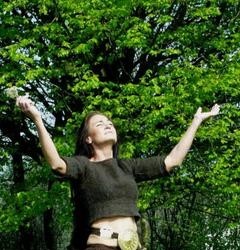
An illustration by Aage Sikker Hansen (1944) // Anni Brøgge performing a ritual dance, photo by Flemming Kaul (1999)

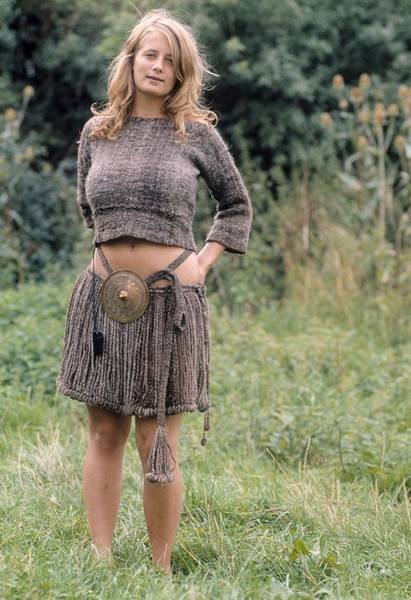
Modern reconstruction for the National Museum and Sagnlandet Lejre
Despite being preserved in almost perfect condition, the Egtved Girl's (c. 1390 – c. 1370 BC) clothes have been a controversial topic for an entire century. Because of how unexpectedly revealing (for our expectations) they look, these Bronze Age top and skirt's depictions have been repeatedly changed to be more "modest" and better fit the 20th century's sensibilities. Only by the end of the 1990s, Egtved Girl's clothes have been reconstructed accurately.
Sources:
The Egtved Girl
Spor fra Metallernes tid
Crop top er ikke nyt i Jylland
Bronze Age dance
#egtved girl#history#mummies#photography#art#illustration#clothes#fashion history#historical reconstruction#stereotypes#censorship#death#historiography#culture#prehistory#added some text for clarity#archaeology#my post
59 notes
·
View notes
Text
So apparently Swedish and Polish facial reconstructionists decided to try to recreate the famous Incan "Ice Maiden" mummy dubbed "Juanita".


Truthfully, I feel like these European reconstructionists ( do not know how to re-create Andean facial features and the results ended up... terribly uncanny. So down below, with the use of photoshop, I edited the bust with more Andean Indigenous Peruvian facial features to honor the "Ice Maiden".
My version:
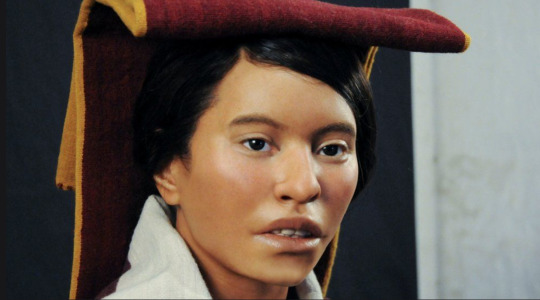
I made her brows straighter and longer, got rid of the cleft chin, gave her a down-turned mouth, broader lips (not small), I made her lips a little larger too and I made her nose longer/bigger and wider around the nasal Ala. I also broadened her nostrils a tad
and I made her under-eyes more puffy
I widened her bone structure
I emphasized her sideburns
My version (on top):
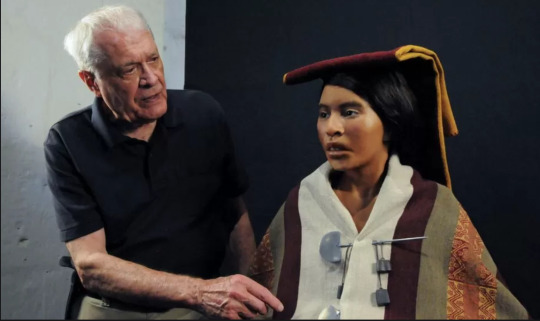
original (white euros created) below:
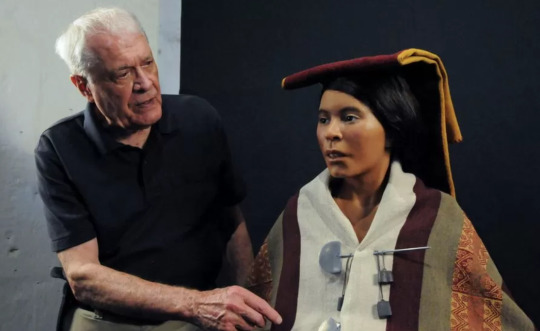
I hope that in the future, more Andean/Indigenous Peruvian facial reconstructionists have opportunities to work on revealing the faces of their kin and ancestors. We needed more andean people involved in her reconstruction.
Let me know what you think of my edits down below too!
I hope you enjoy them!
the original article can be read here:
#I took the artistic liberty to remove her cleft chin all together because i never see andeans like myself with clefts#i love a more down turned lip/mouth shape#archaeology#indigenous peruvians#native peruvian#inca#inca girl#ice maiden#facial reconstruction#my photoshops#andean history#andean pride#native south american#mujer andina#ndn tumblr#andean culture#andean textiles#andean indigenous#indigenous women#andina#andean#bipoc#indigena#pre columbian#andes#warmi#we need more ndns in science
25 notes
·
View notes
Text
Face of wealthy Bronze-Age Bohemian woman revealed in stunning reconstruction

Researchers have reconstructed the face of a petite, dark-haired woman who was among the richest residents of Bronze-Age Bohemia.
The woman was buried with five bronze bracelets, two gold earrings and a three-strand necklace of more than 400 amber beads. Also entombed with her were three bronze sewing needles. She was part of the Únětice culture, a group of peoples from early Bronze Age Central Europe known for their metal artifacts, including ax-heads, daggers, bracelets and twisted-metal necklaces called torcs.
While it's unclear who the woman was, she was very wealthy, said archaeologist Michal Ernée of the Institute of Archeology of the Academy of Sciences of the Czech Republic.
"It's maybe the richest female grave from the whole Únětice cultural region," Ernée told Live Science. Read more.
665 notes
·
View notes
Text
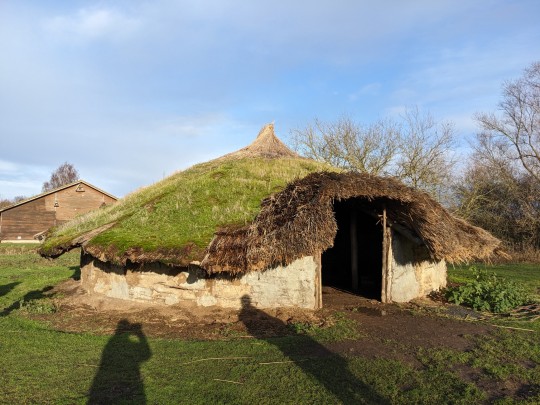

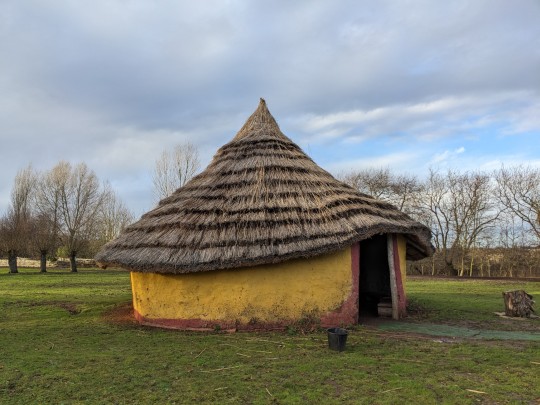



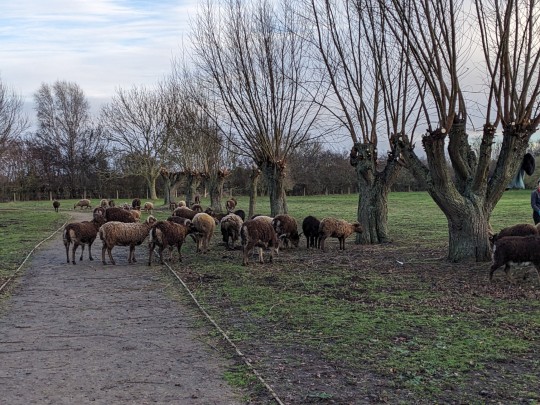

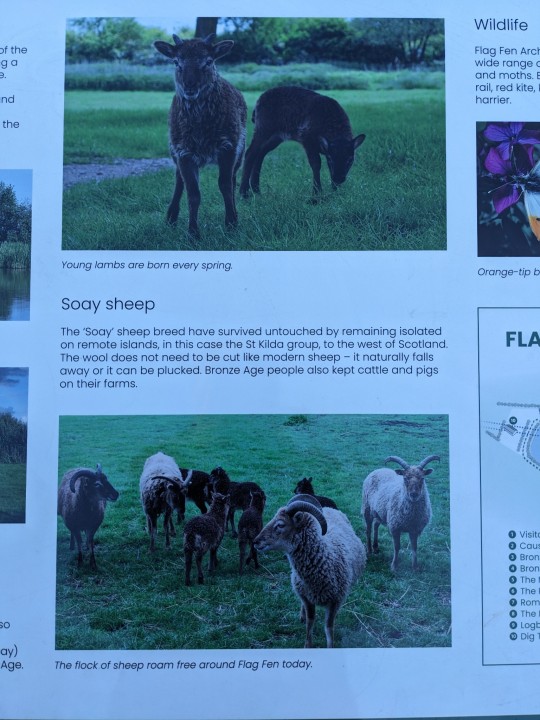
9 notes
·
View notes
Text
Watch how the face of this lady of the Peruvian Moche nobility was brought back to life.
31 notes
·
View notes
Text
This is really a gorgeous reconstruction. What a nose!
5 notes
·
View notes
Text
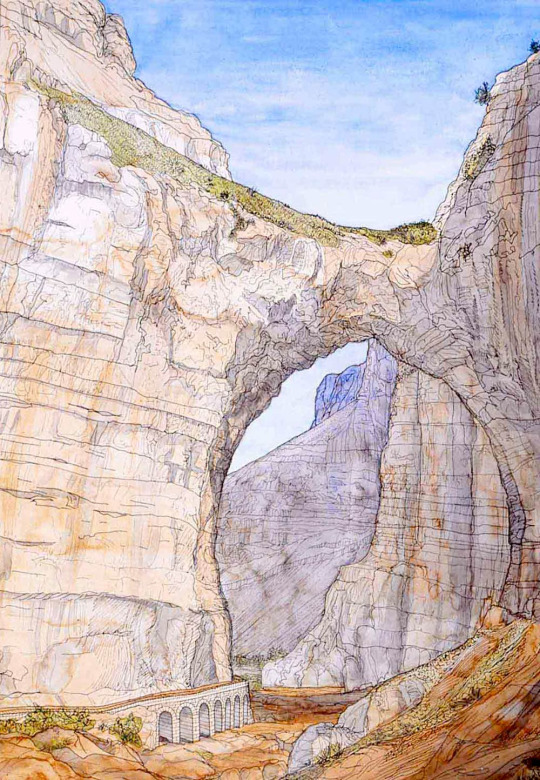
Algeria - Cirta (Constantine) - Aqueduct (India ink & watercolor) by Jean-Claude Golvin (1942-present) [source]
#hey i said something!#art#archaeology#history#reconstruction#landscape#algeria#aqueduct#jean-claude golvin
5 notes
·
View notes
Text
i found this awesome artist Libor Balák who paints a lot of prehistoric reconstructions for museums etc. i did already know some of his paitnings but wasn't aware what his name is... he deserves to be recognised for his works... so here are his reconstructions of the Lengyel culture taken from his website (one of my favourite cultures btw)
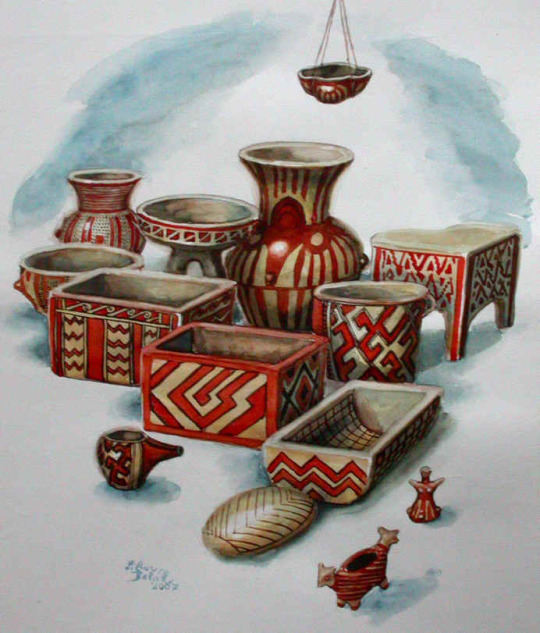
This Neolithic culture has left a distinctive archaeological signature centred in southern Moravia, but also included southwest Slovakia and adjacent parts of Austria and Hungary. Temporally belongs to late Neolithic – about 5000 B.C.
Colourfully decorated ceramics constituted a distinct element of this culture, which subsequently spread into northern Poland, Bohemia and central Germany. Apart from pots, ceramic spoons, ladles, cubic lamplets and models of various objects and structures are known from southern Moravia. This society also possessed advanced agriculture.

Model of a small dwelling is transformed into reality
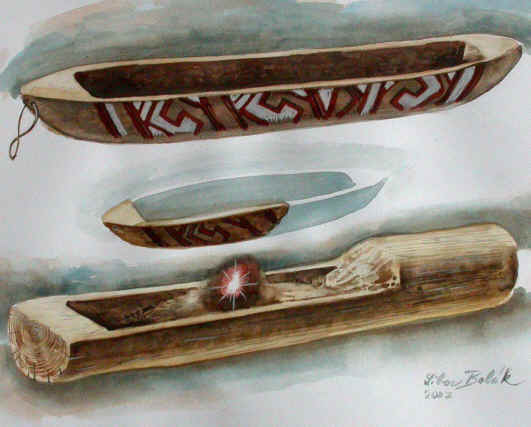
Ceramic fragment labelled as a ship is transformed into watercraft decoration – a monoxylon manufactured from a single piece of tree trunk

The meaning of the nakedness of the figurines is also controversial; some of the figurines could have had clothes painted on them..
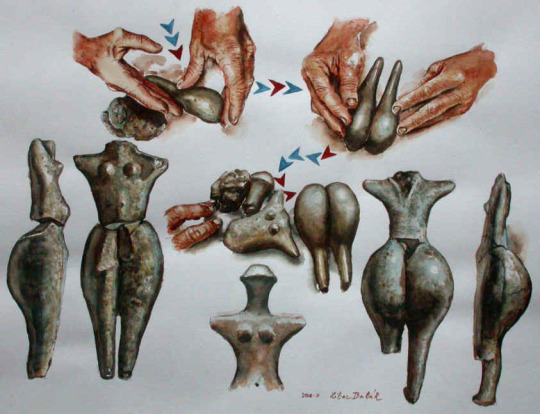
The painting displays the technological stages of Venus figurine manufacture
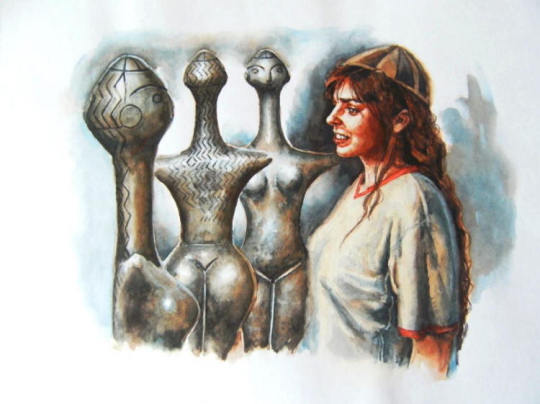
The Middle European Lengyel statuettes are first of all of a high handcrafted quality and very decorative. The shapes and patterns are taken over from the earlier statuettes. Some of them bear specific anatomical and ethnographic elements, such as the Venuse with schematic curly hair.

This statuette has schematic straight hair.
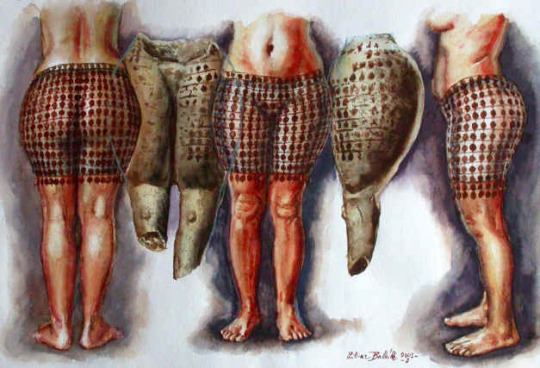
One of the many pieces of the Venus figurines from Neolithic era, found in South Moravia. This fraction has a preserved coloration with geometrical patterns.The figurine is uncomplete, it could also have had complet clothing.

The figurine of a woman in a skirt is decorated with ceramic lugs. The statuette could also be wearing a complete dress, not only a skirt on a bare body
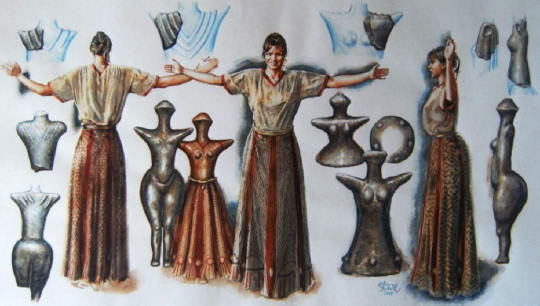
The reconstructive transformation on this picture analyzes the skew elements in the place of the shoulder blades – it could be draped textiles

On this statuette found in Austria we can see the preserved traces of the original painting. The interesting fact is also the hole between it´s tights. It could serve for interlacing of the waistcloth or, less probably, for fixing of the figure to the base; the fingertips would hinder the perfect fixing. The image represents the possibilities of the painting interpretation – the decorative leggings on the tights, tattooes, paintings on the skin and a necklace in the form of boar tusks. We can also see the decoration on the neck.
#lengyel culture#neolithic#archaeology#prehistory#stone age#figurines#female figurines#pottery#artefact#reconstruction#anthropomorphic figurine#my upl#Libor Balák#art#czech art
6 notes
·
View notes
Text
people really dont know anything about like burial context or provenance/provenience or interpretation of finds or indeed ANY SORT OF CRITICAL REASONING
#im arguing with a lady about her dreadful awful pathetic reconstruction of “”“mongol overalls”“”#(read: Liao (khitan) dynasty trouser layer with shoulder straps worn under several other upper garments)#her whole argument is based on the specious report of an AUCTION HOUSE which nevertheless states that they are PRE MONGOL#basically everything sold in auction houses is unprovenanced and unprovenienced because it comes from TOMB RAIDING#which destroys ANY archaeological context#and is a MASSIVE PROBLEM and why auctioning historical artefacts should be fucking illegal#simply because of the disruption it causes to historical and scientific investigation.#anyway her “”“reconstruction”“” is block printed linen and does not resemble the extant garment in any way.#the original is pattern woven silk !!!!#at least use plain silk tabby! you stupid fucking yank#god I am so disproportionately angry about this
5 notes
·
View notes
Text

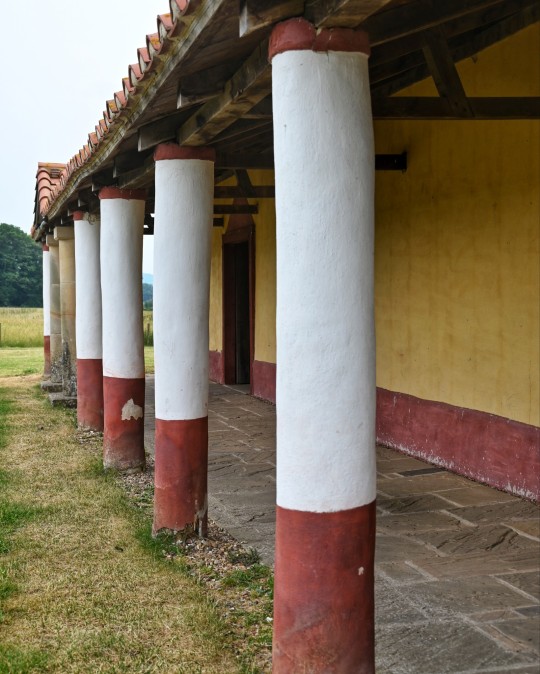


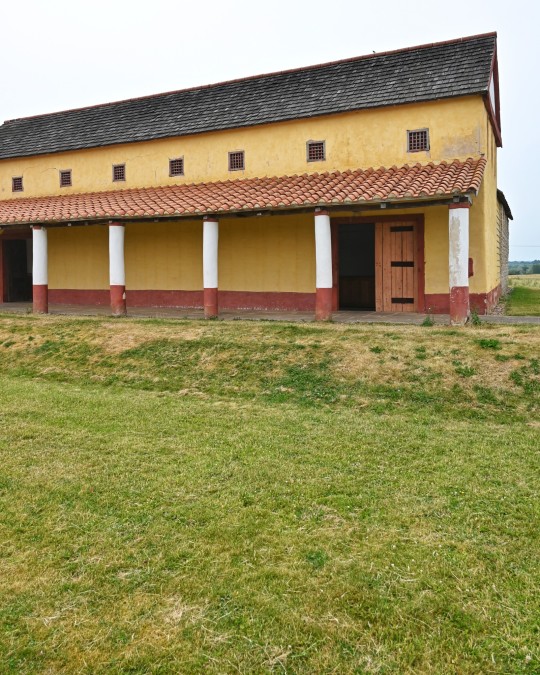



Recreated Roman Town House Photoset 1, Wroxeter Roman City, Wroxeter, Shrewsbury, Shropshire
#roman#roman city#roman house#roman living#roman society#roman building#reconstruction#archaeology#architecture#replica#Wroxeter#outdoors#roman sites#romans
159 notes
·
View notes
Text
i need to work on this bioarchaeology assignment but i really don’t care abt. um. mortuary analysis.
#i have said this for every assignment besides facial reconstruction. WHICH I PREDICTED I WOULD ENJOY THAT CORRECTLY i did enjoy it#but i just don’t care abt the subject otherwise 😭 <- concentrating in archaeology. i just don’t want to see bones <- just got nominated for#an award because i went and saw and photographed bones <- sighs deeply it’s ironic to me
4 notes
·
View notes
Text
It's prehistoric art appreciation hours
This is a 26,000 year old ivory carving.

And this is a human skull found nearby and a reconstruction of what this person may have looked like.
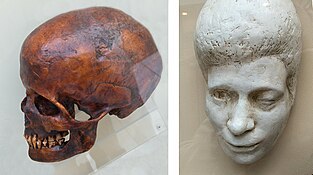
This person had a facial deformity - the same facial deformity as the carving. It's thought that the carving was a portrait of this specific person. Twenty-six thousand years ago. This is the oldest portrait I know of that can be traced to a specific human subject. I mean, there are lots of prehistoric human figures, and they were presumably modeled after real people, but it's incredibly rare and special to have both the art and the knowledge of who that model was. We can see this person's face tens of thousands of years after they died.
This isn't the only thing we know about this person. They lived in what is now the Czech Republic. They were about 40 years old when they died - that would be young now, but at the time, most people wouldn't live that long. They were biologically female, based on their skeleton, and they were buried with items - mammoth scapula, a spear point, and the body of a fox - that suggest they held high social status. Their body was also covered in red ochre, which is a pigment that was used ceremonially. It's been speculated that they might have been a shaman, because of their grave goods and apparent social prestige.
#human remains#bones#skull#human skull#death tw#archaeology#prehistoric art#the site is called dolni vestonice if anyone is curious#there's a good wikipedia article on it#i would've left the skull image out if i could because frankly i don't think it's needed and i feel that it's kinda disrespectful#but i couldn't copy the reconstruction without it so i guess it stays#i get weird about the public display of human remains. feels rude. i much prefer to show reconstructions of them alive
4 notes
·
View notes